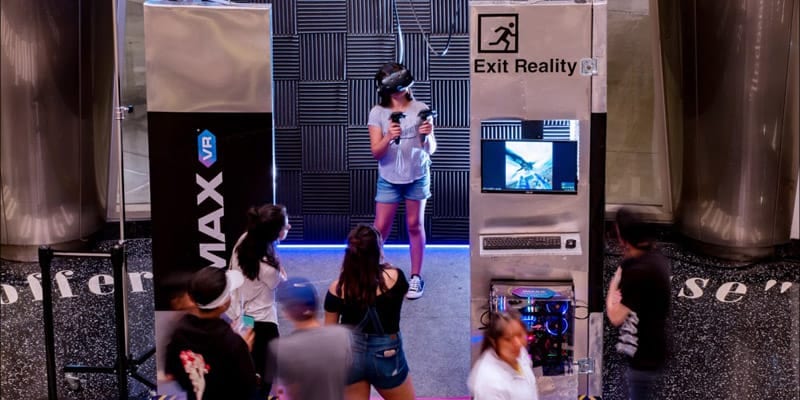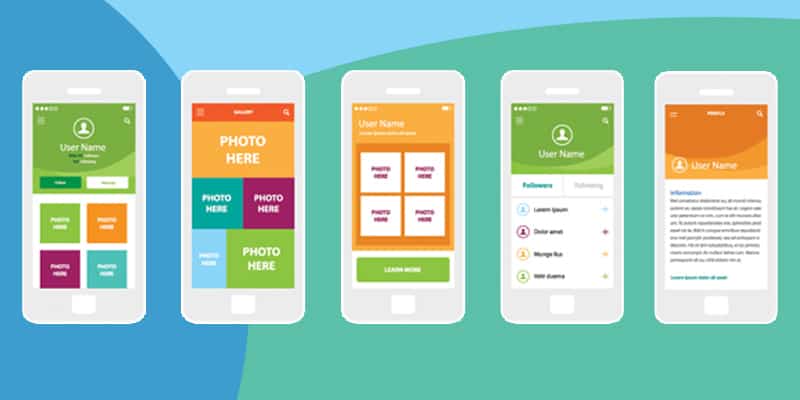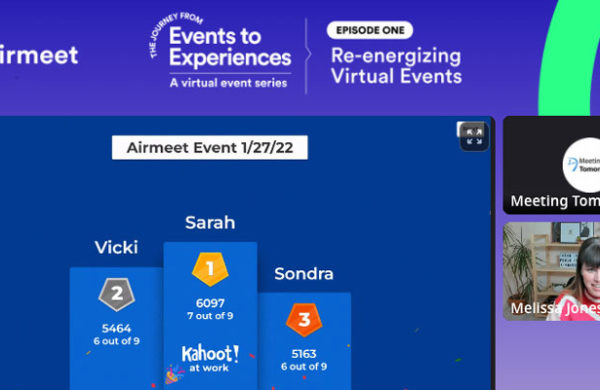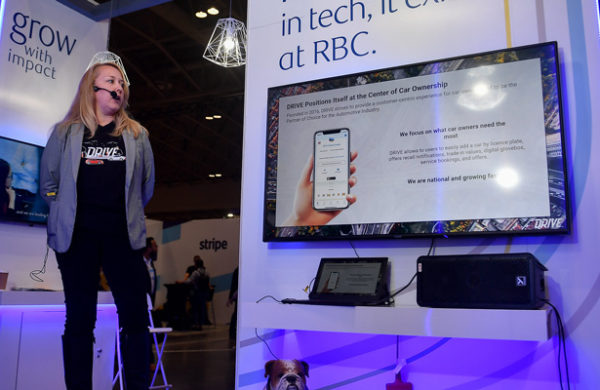
Tracking event industry trends is a favorite activity here at Meeting Tomorrow. After sifting through all the noise, we wanted to highlight three trends that you should expect to see on the rise this year, and one surprising trend that might be on the decline.
Rising: AR/VR at events
There’s a sense out there that virtual and augmented reality are just fading fads, but what you’re seeing is actually just the first phase of adoption—call it the ‘Novelty Phase.’ In 2019, you should expect to see more event pros trying to find a way to bring this out of the novelty phase and into their events through content delivery, virtual site tours and gamification. We are already seeing some very compelling use cases in the incentive travel space, where VR is being used to both make events feel more innovative and to reduce costs by shifting some experiences from live to virtual. Also, if you need more convincing that VR is going to rock the industry, check out Facebook Spaces.
Rising: Multi-point virtual events
With hotel commission rates being cut, and travel budgets ever shrinking, planners are finding new ways to hold large events.
One version that most planners are familiar with is the ‘festivalization’ of events. If you’re going to bring a bunch of people together, why not expand the scope of the event to include a lot of content and experiences that are loosely related. SXSW is the classic example, but this has often fallen flat in the corporate space.
Another solution is to hold multiple simultaneous regional events linked together through live-webcasting.
Imagine that each event has a ‘window’ into all the other locations, and that the focus can be shifted from place to place–like a group video chat but with an event in each window. There are a number of meeting design elements that need to be accounted for, but the cost savings and expanded participation seem well worth it. As a bonus, this format also seems to encourage much higher usage of digital engagement tools as a unifying platform which means as a planner, there is more data to help you improve the next meeting.
Rising: Industry consolidation opens up space for innovators
We are clearly in an era of consolidation in the industry. For evidence, take Cvent’s big acquisitions in 2018 and the PSAV / Encore merger just this past month. We know from past cycles of consolidation that the door is opened for innovative disruptors or differentiation in services. From our point of view, the event market is due for another round of disruption—whether it’s in accommodation, food and beverage, event design, attendee engagement, or highly effective data solutions.
The hard thing with this trend is predicting who it will be, and from what angle—but the conditions are ripe, and the overall cycle is fairly predictable. Keep an eye out for high growth companies, and engage them to see if you can be an early adopter!
Declining: Overloaded swiss-army-knife event apps
The more we have tried to cram into our event apps (or the more modules app companies have tried to sell), the less reliably they have functioned for their core use: replacing the paper schedule. This trend will not stop, but to us the backlash is inevitable and we foresee two likely outcomes. First, planners will switch to using simple mobile sites instead of native apps that need to be downloaded from the app store. Second, rather than cram everything into one app, planners will prioritize strategic needs and implement highly focused apps that do one thing reliably, and don’t require a lot of customization and management. For example, if you know that you need to prioritize attendee tracking, you can invest in the best software in the world to do that, and skip the other bells and whistles that likely don’t add a lot of value.
Final thoughts
Ultimately, all of these trends are trying to help us create better experiences both for our attendees and our stakeholders. Regardless of trends in the industry, we should remember that meetings are always about the people, and if we stay focused on that, the right solutions will present themselves.



